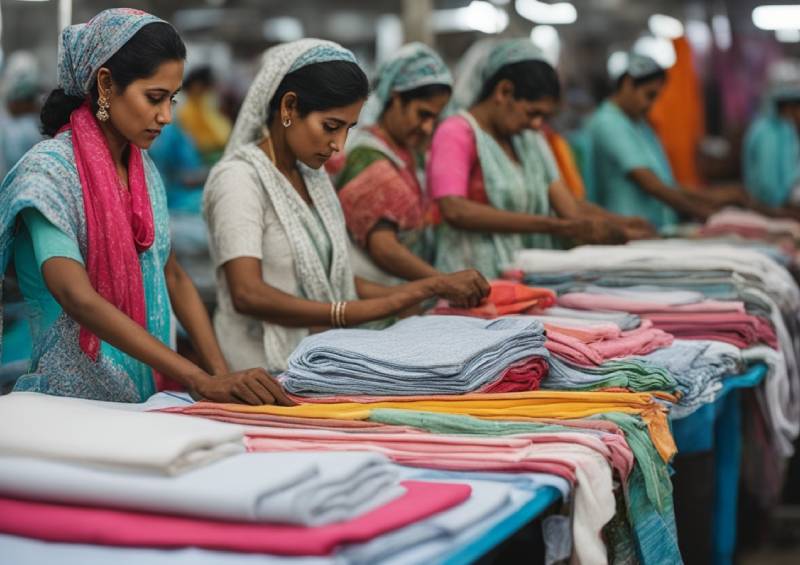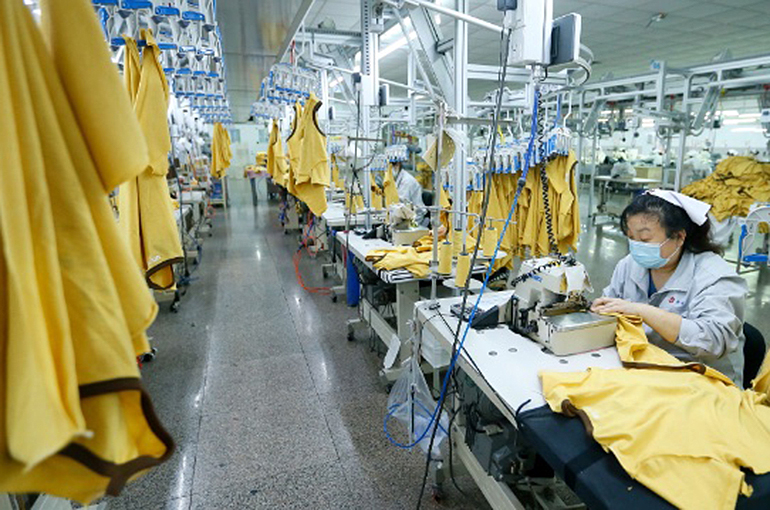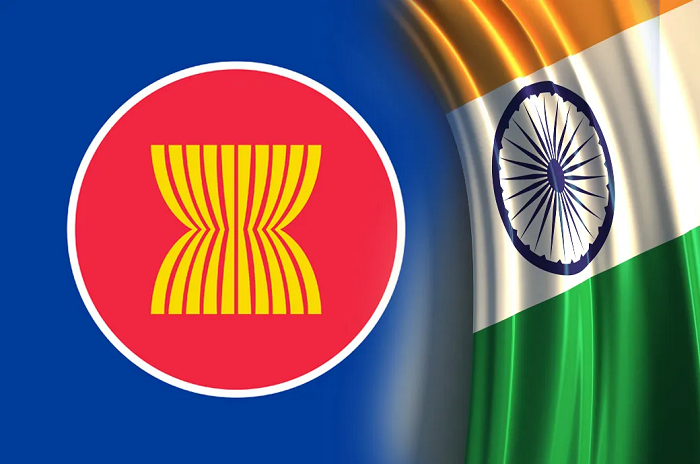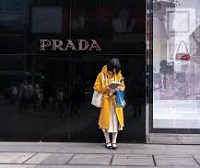 Though Chinese Premier Li Kegiang affirms, the Regional Comprehensive Economic Partnership (RCEP) benefits all signatories, a Chinese Academy of Social Sciences (CASS) report claims, the deal is particularly beneficial to China and would help spur exports by 11.4 per cent.
Though Chinese Premier Li Kegiang affirms, the Regional Comprehensive Economic Partnership (RCEP) benefits all signatories, a Chinese Academy of Social Sciences (CASS) report claims, the deal is particularly beneficial to China and would help spur exports by 11.4 per cent.
A roadmap for RCEP members
CASS report states, the deal will help drive Chinese economy over the next 10 years, explains Business of Fashion in an article. It will also help China sideline rivals like the US which pulled out of negotiations for another manor regional trade deal known as the Comprehensive and Progressive Agreement for Trans-Pacific Partnership or CPTPP.
Over the past 10 years, fashion industry has moved away from China to newer markets offering higher cost benefits. The industry has also diversified into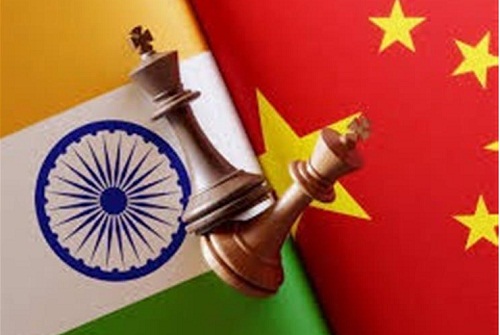 newer areas of operation to shield against tariff increases and supply chain disruptions. However, this has resulted in an extremely lengthy and complicated supply chain that runs through many countries. The supply chain includes countries from where raw materials and textiles are commonly sourced and also those to whom these are shipped. RCEP will help manufacturers identify these countries and provide a roadmap for other member countries that have not signed on to the deal.
newer areas of operation to shield against tariff increases and supply chain disruptions. However, this has resulted in an extremely lengthy and complicated supply chain that runs through many countries. The supply chain includes countries from where raw materials and textiles are commonly sourced and also those to whom these are shipped. RCEP will help manufacturers identify these countries and provide a roadmap for other member countries that have not signed on to the deal.
The deal will also help international fashion retailers like H&M leverage RCEP’s integrated supply chains and cut costs on low-margin products. It would enable exporters deal with other RCEP members through a single certificate of origin.
Retaining supply chains links within RCEP region
Though China is still the largest apparel exporter in the world, its share in the global market is on a decline. Over the years, the country has been exporting lesser apparels and more fashion textiles. Its textiles are exported to lower-cost markets like Vietnam and Bangladesh where they are further converted into garments.
The RCEP agreement will incentivize global fashion brands having multinational supply chains to retain these links within the RCEP region. This would help brands export textiles to even countries like Vietnam or Cambodia. The country of origin provisions within the deal will ensure equal treatment for products made in all RCEP countries will be treated the same.
Rising tariffs have been encouraging American fashion companies to move their production of US-bound products out of China. Recently denim brand Levi’s was encouraged to reduce its China sourcing to less than 1 per cent and move offshore production to Vietnam and Bangladesh. RCEP also benefits fashion companies that currently work with Chinese suppliers and have subsidiaries in South East Asia. And as Alicia García Herrero, Chief Economist-Asia Pacific, Natixis says, the agreement helps quicken the pace of Chinese outward foreign direct investment into ASEAN.





